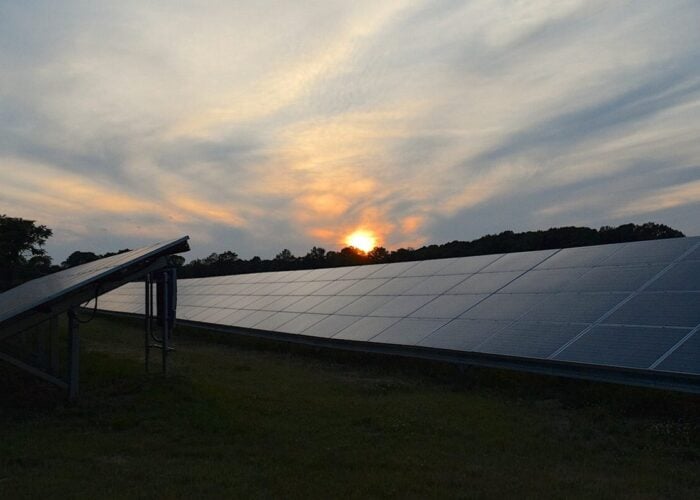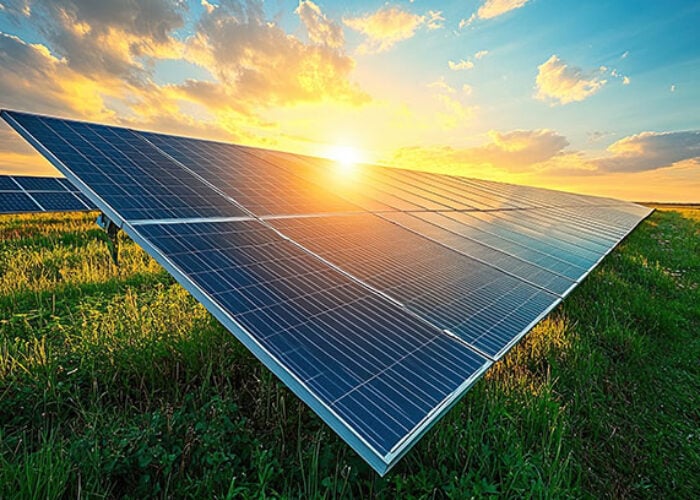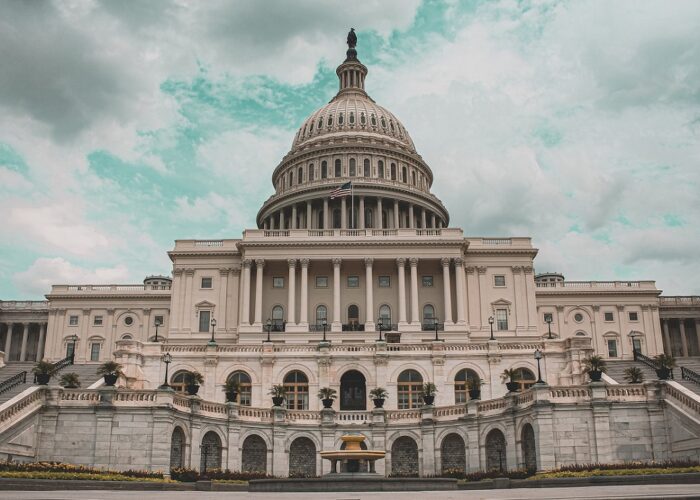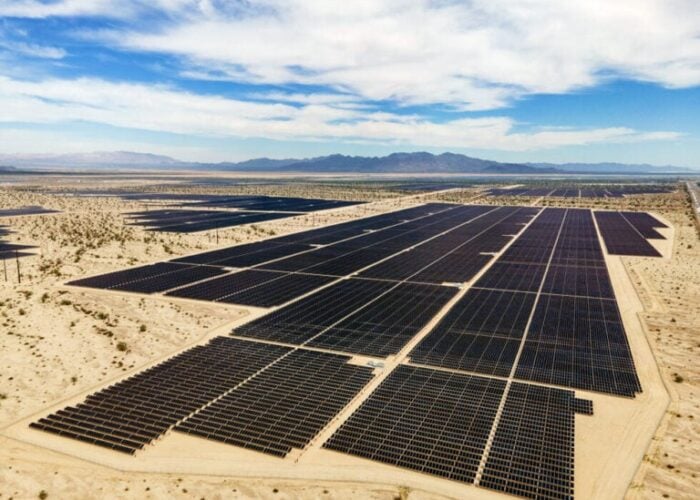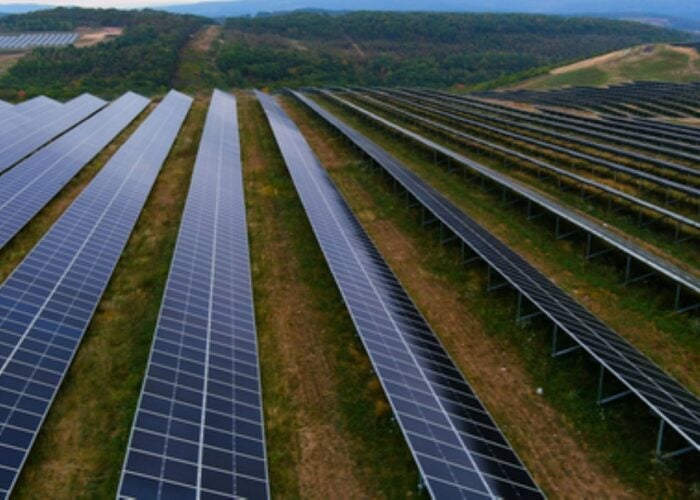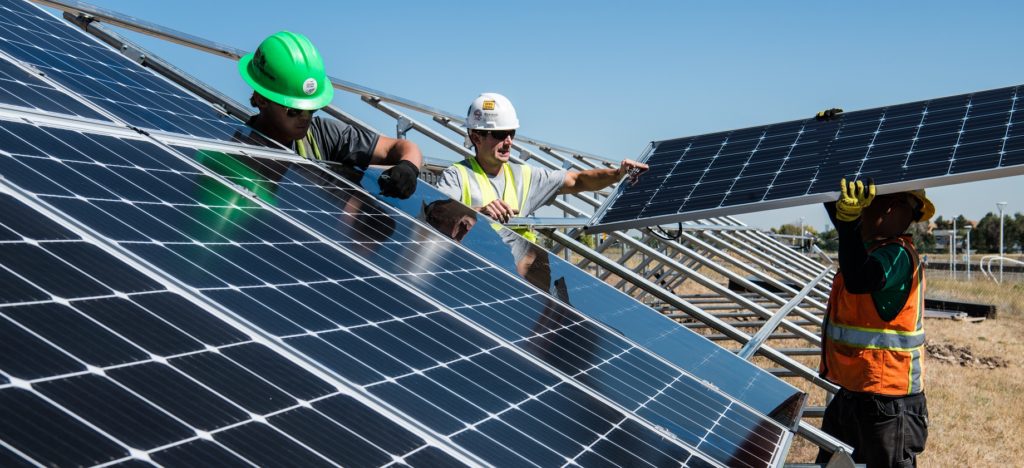
US solar and wind developers are facing a fresh blow after the Department of Interior said it would subject projects requiring federal permitting to tighter review processes.
The DOI has released details of new procedures under which proposed solar and wind facilities on federal lands will undergo “elevated review”, with interior secretary Doug Burgum having the ultimate decision on projects.
Try Premium for just $1
- Full premium access for the first month at only $1
- Converts to an annual rate after 30 days unless cancelled
- Cancel anytime during the trial period
Premium Benefits
- Expert industry analysis and interviews
- Digital access to PV Tech Power journal
- Exclusive event discounts
Or get the full Premium subscription right away
Or continue reading this article for free
A memo published Thursday (18 July) by the DoI lists 69 items that will require approval from the secretary’s office.
These include environmental assessments, leases, rights-of-way, construction and operation plans, grants, consultations and biological opinions.
The DOI said that the new review process aligns with US President Donald Trump’s recent executive order, which sought to limit access to solar PV and wind deployment subsidies. The executive order has added a fresh layer of anxiety (Premium access) for the solar industry given that it instructed the Secretary of Treasury to come up with new guidance under the Internal Revenue Service regarding tax credits for renewables.
But industry representatives criticsed the DOI’s, claiming it would add “needless” layers of bureaucracy and ultimately slow energy production.
“The recently released memo from the Interior Department is a bewildering departure from the Administration’s promise to bring down energy prices and make America competitive in the race against China for AI and data centres,” said Jason Grumet, CEO at the American Clean Power Association (ACP).
“In stark contradiction to the Administration’s commitment to tackling bureaucracy, this directive adds three new layers of needless process and unprecedented political review to the construction of domestic energy projects. The Secretary of the Interior will apparently now be personally reviewing thousands of documents and permit applications for everything from the location and types of fences to the grading of access roads on construction sites across the country.
The ACP highlighted that US electricity demand is poised to grow by 35-40% between 2024 and 2040, driven by the pipeline of data centres in the US which will require nearly 100GW of new power. It added that clean energy accounted for nearly all (93%) of the new capacity added to the grid last year in the US.
“It’s basic economics that cutting off the fastest and most affordable energy available to the grid just as demand surges will constrain our energy supply and lead to significant cost increases for American businesses and families.
“This isn’t oversight. It’s obstruction that will needlessly harm the fastest growing sources of electric power,” added Grumet.
Solar uncertainty on the horizon
Trump’s executive order came days after he signed into law the reconciliation bill, also known as the “One, Big, Beautiful Bill”, that requires solar PV and wind projects to begin construction within 12 months of its enactment, in order to retain its “commence construction” date as a safe harbour to receive tax credits. Under these circumstances, projects that began construction during that time frame would be eligible for the investment and production tax credits (ITC/PTC).
Projects that aim to use equipment from foreign entities of concern (FEOC) will be further restricted as restrictions will be enforced at the beginning of 2026. Projects that start construction this year will not be affected by the FEOC materials and will still be able to access subsidies.
The bill signed on 4 July is forecast to slow down the growth of renewables capacity in the near future with analyst Wood Mackenzie forecasting solar PV and wind installations to be 100GW lower than expected between 2025 and 2030.
“As part of this effort, the Department will address provisions in the One Big Beautiful Bill Act to eliminate longstanding right-of-way and capacity fee discounts for existing and future wind and solar projects,” said the DOI statement.
And to make matters worse, on the same day the DoI published its statement that it will undergo “elevated review” of solar PV and wind facilities, a new antidumping and countervailing duty (AD/CVD) petition was filed by the Alliance for American Solar Manufacturing and Trade which targets Indian solar manufacturers along with Chinese-owned manufacturers operating in Indonesia and Laos.

